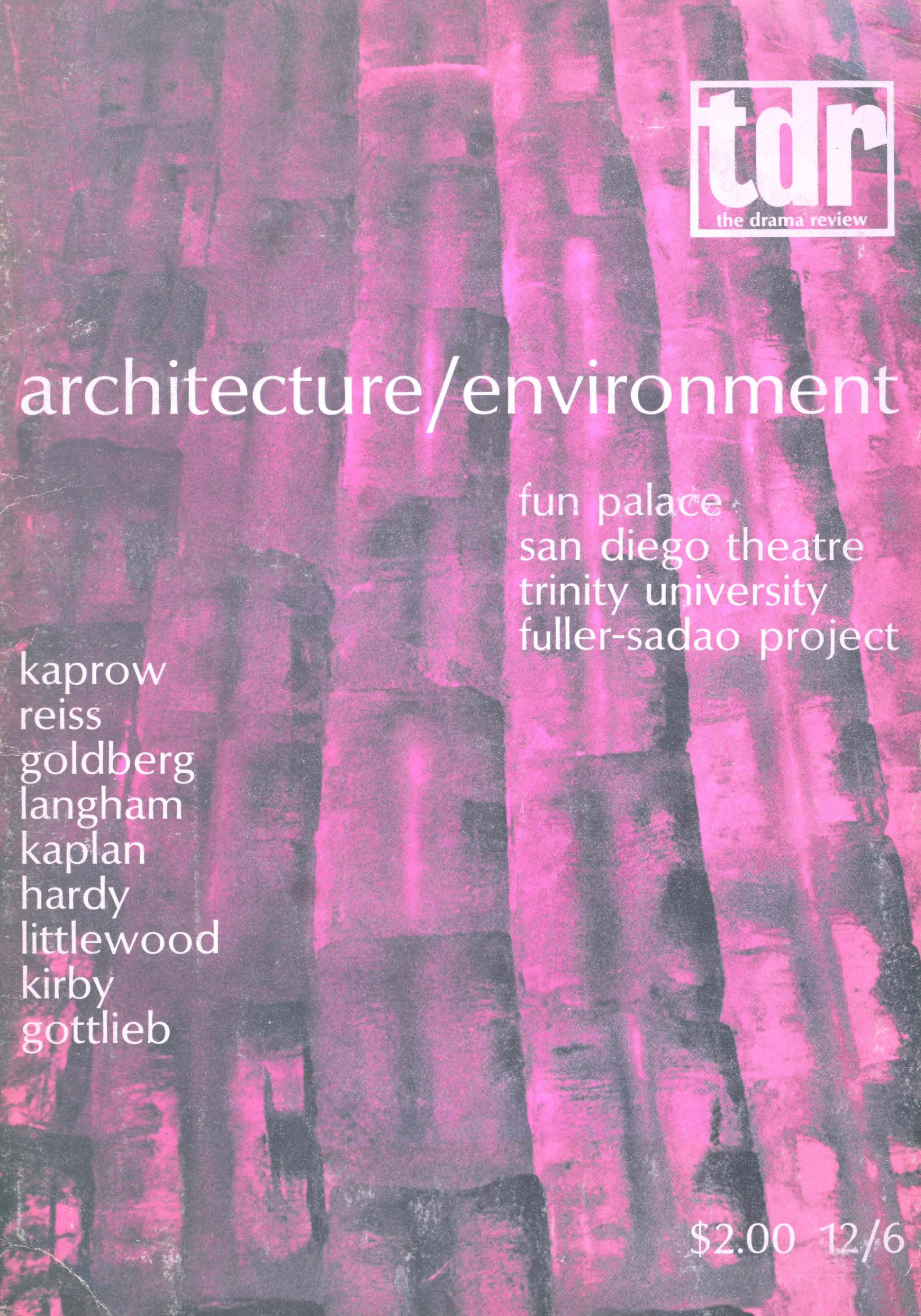Article contents
Kalarippayatt, Martial Art of Kerala
Published online by Cambridge University Press: 28 January 2022
Extract
At the start of the sixteenth century, Duarte Barbosa, one of the earliest Portugese to arrive in Kerala, a state in southwest India, provides a description of Kalarippayatt (meaning “place of exercise,” referring to the technical system of training In its entirety. Kalari by itself means gymnasium or fencing school.) which although quaint is nevertheless still an apt account of this indigenous martial art system:
The more part of the Nairs, when they are seven years of age, are sent to schools, where they are taught many tricks of nimbleness and dexterity, there they teach them to dance and turn about and to twist on the ground, to take royal leaps and other leaps, and this they learn twice a day as long as they are children, and they become so loose jointed and supple that they make them turn their bodies contrary to nature; and when they are fully accomplished in this they teach them to play with the weapon to which they are most inclined, some with bows and arrows, some with poles to become spearmen, but most with sword and are ever practising... Longworth Mansel Dames, ed.,
The Book of Duarte Barbosa, Vol. II.- Type
- Research Article
- Information
- The Drama Review , Volume 23 , Issue 2: Performance Theory: Southeast Asia , June 1979 , pp. 113 - 124
- Copyright
- Copyright © 1979 The Drama Review
- 6
- Cited by


